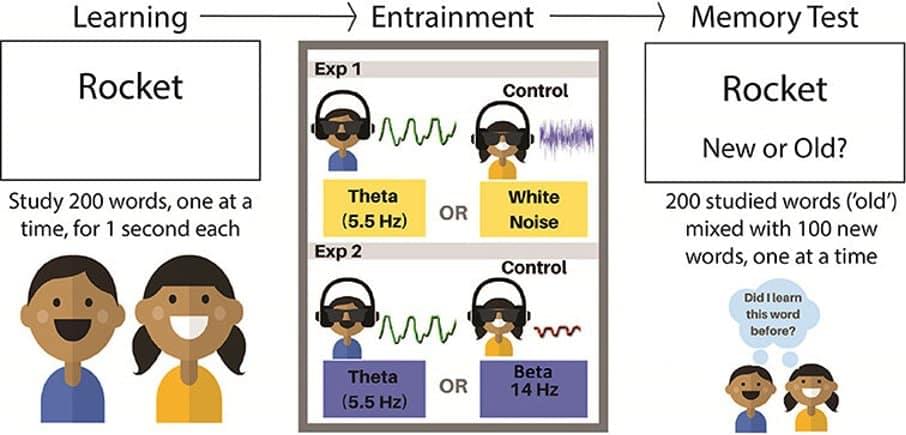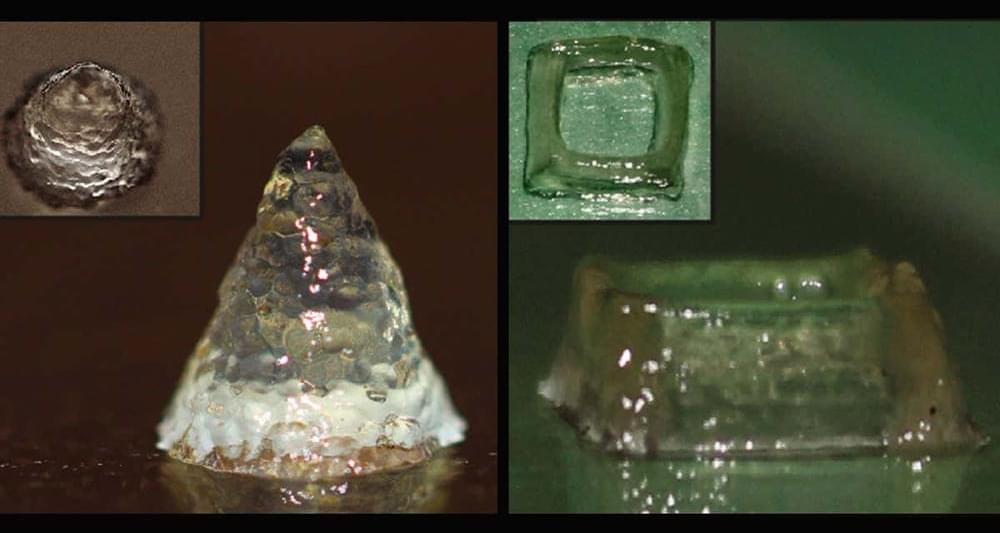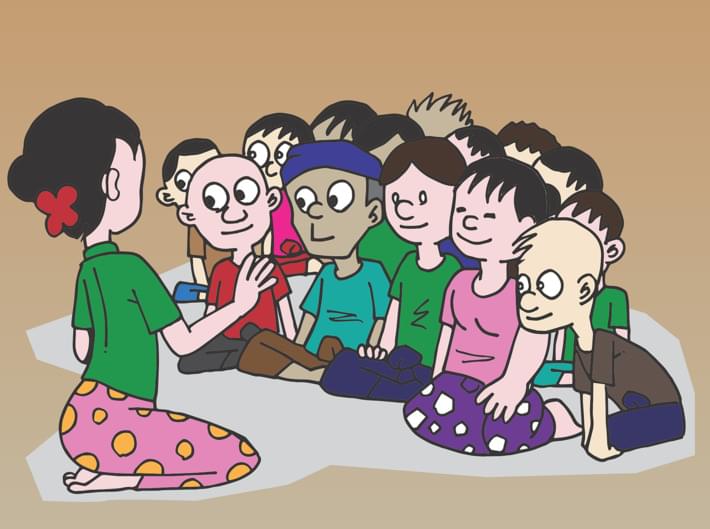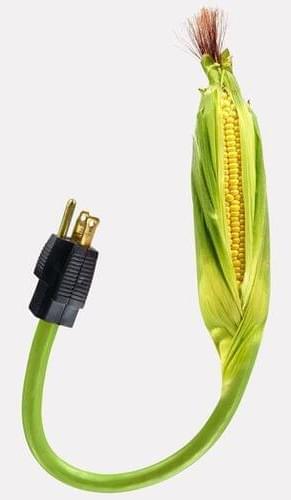Get the latest international news and world events from around the world.

Boosting Memory Performance by Finding Amplitude of Brain Waves and Speeding Oscillations
Summary: Entrainment can safely manipulate brain waves to induce improvements in memory, a new study reveals.
Source: Florida Institute of Technology.
The brain is made of millions of cells called neurons, that send electrical messages to talk to each other in patterns of vertical electric activity called oscillations. By inducing them first, then finding the amplitude of the specific brain waves is improved during memory, ultimately memory performance itself is boosted. Once introduced, what if a person can boost the speed of these oscillations to improve memory? A university study in a journal for adolescents may show we can.
Introduction of Bioenergetics
This video explains introduction of bioenergetics.
Thank You For Watching.
Please Like And Subscribe to Our Channel: https://www.youtube.com/EasyPeasyLearning.
Like Our Facebook Page: https://www.facebook.com/learningeasypeasy/
Join Our Facebook Group: https://www.facebook.com/groups/460057834950033
Support Our Channel: https://www.patreon.com/supereasypeasy

3D-printed ‘living ink’ is full of microbes and can release drugs
An ink made using engineered bacterial cells can be 3D-printed into structures that release anti-cancer drugs or capture toxins from the environment.
The microbial ink is the first printable gel to be made entirely from proteins produced by E.coli cells, without the addition of other polymers.
“This is the first of its kind… a living ink that can respond to the environment. We have repurposed the matrix that these bacteria normally utilise as a shielding material to form a bio-ink,” says Avinash Manjula-Basavanna at the Massachusetts Institute of Technology in Boston.

The Big Misconception About Electricity
Prepare to be Baffled.
The misconception is that electrons carry potential energy around a complete conducting loop, transferring their energy to the load. This video was sponsored by Caséta by Lutron.
Further analysis of the large circuit is available here: https://ve42.co/bigcircuit.
Special thanks to Dr Geraint Lewis for bringing up this question in the first place and discussing it with us. Check out his and Dr Chris Ferrie’s new book here: https://ve42.co/Universe2021
Special thanks to Dr Robert Olsen for his expertise. He quite literally wrote the book on transmission lines, which you can find here: https://ve42.co/Olsen2018

World’s first wingless, compact eVTOL aircraft moves a step closer to reality
Urban Aeronautics, the Israel-based aerospace company behind the world’s first compact, wingless electric vertical takeoff, and landing (eVTOL) vehicle, is getting closer to turning its groundbreaking concept into reality. The company said it has raised the first $10 million of a $100 million funding round this week towards CityHawk from private investors in the US, Brazil, and Israel.
According to the company, the car-sized, six-seater CityHawk has more in common with birds than with nearly every other eVTOL prototype in existence. With a distinct, wingless exterior and patented fully-enclosed Fancraft rotor system, the CityHawk is mainly designed for commercial air charters and emergency medical services (EMS). It will be fueled by hydrogen, the most sustainable technology in development today. This means it must be able to conduct multiple trips within a city per day with zero emissions and minimal noise.
An innovative Fancraft technology is based on dual enclosed, ducted rotors with a variable pitch for thrust control, which enable uncompromised stability even in strong winds and turbulence during takeoff, hovering, and landing. The enclosed structure also results in minimal noise, both inside the cabin and outside.

Corny Lithium-Ion Batteries Could Hold Quadruple the Charge
The extra juice comes from a secret ingredient…corn starch.
Could a simple materials change make electric car batteries able to four times more energy? Scientists in South Korea think so. In a new paper in the American Chemical Society’s Nano Letters, a research team details using silicon and repurposed corn starch to make better anodes for lithium ion batteries.
This team is based primarily in the Korea Institute of Science and Technology (KIST), where they’ve experimented with microemulsifying silicon, carbon, and corn starch into a new microstructured composite material for use as a battery anode. This is done by mixing silicon nanoparticles and corn starch with propylene gas and heating it all to combine.
Using biowaste corn starch is already pretty popular, with products like biodegradeable “corn plastic” cutlery, packaging, and the infamous nontoxic packing peanut. The same qualities that make corn starch attractive in these applications apply to the silicon anode project. Existing lithium-ion batteries use carbon anodes, and scientists know silicon would work better in many ways but have struggled to stabilize the silicon enough for this use to be practical. “To enhance the stability of silicon, Dr. Jung and his team focused on using materials that are common in our everyday lives, such as water, oil, and starch,” KIST wrote in a statement about the paper.
Scientists got an animal to breathe without oxygen
A team of scientists has discovered a technique to keep tadpoles alive despite removing their capacity to breathe — by injecting algae into the little froglets’ brains, turning their heads a bright, almost neon, green.
What the frog? Plants, such as algae, produce oxygen through photosynthesis. Animals, on the other hand, cannot — we typically use lungs or gills to filter it from the environment.
But what if there was a way animals could get the oxygen they need the same way that plants do?